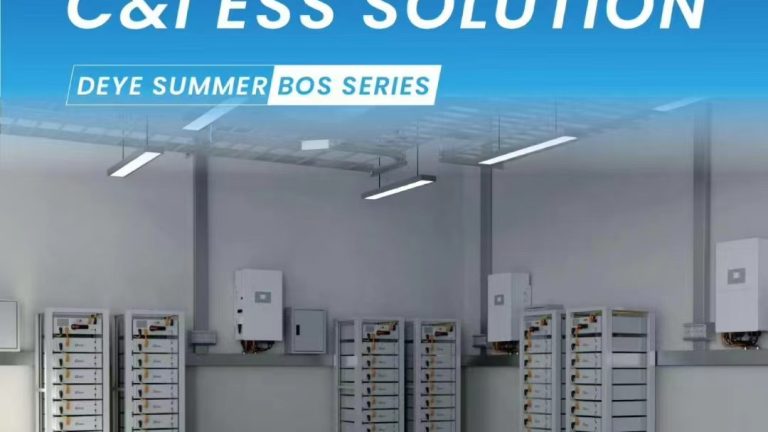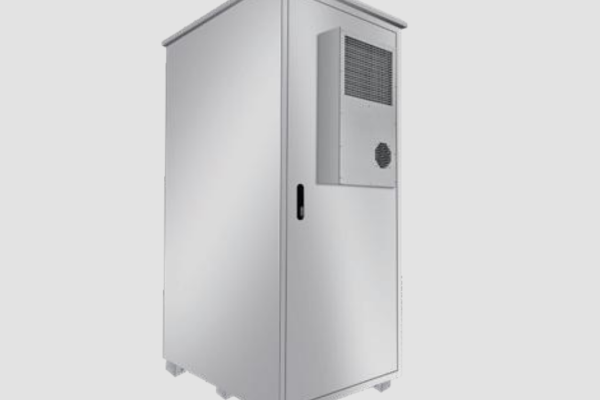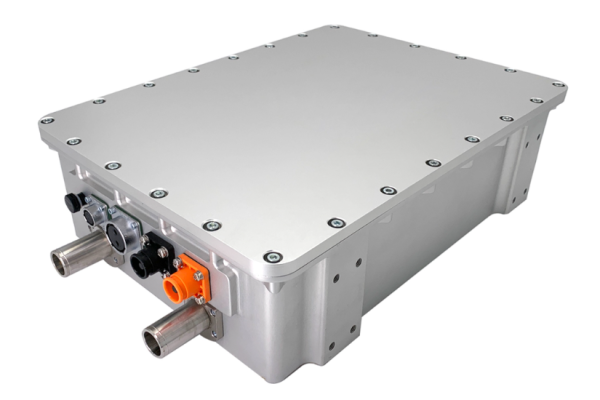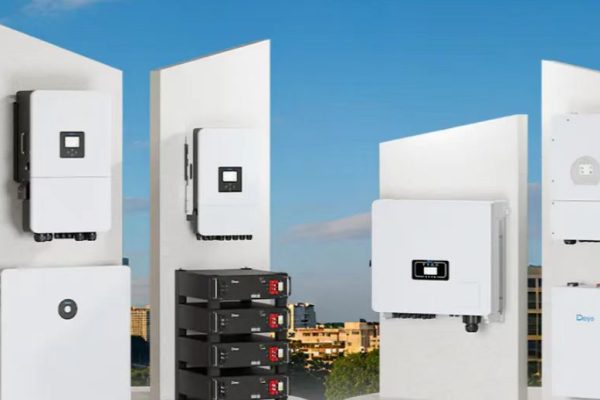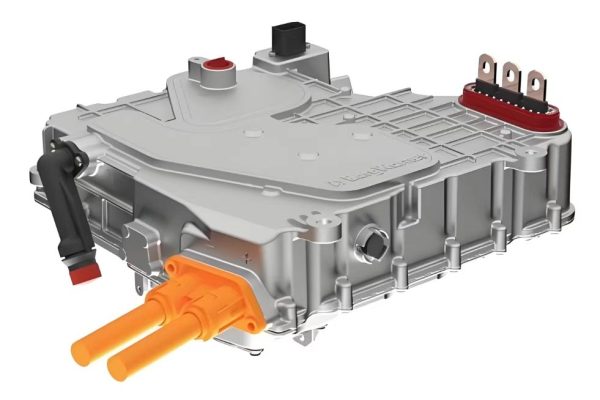Why Inverter Compatibility Matters
In the export of energy storage systems (ESS), one of the most common buyer questions is: “Which inverter brands are compatible?” A well-prepared quotation or proposal should clearly state inverter compatibility. This not only prevents technical mismatches but also builds trust by demonstrating transparency and professional knowledge.
1. The Role of Inverters in ESS
- Core Function: Inverters convert DC power stored in batteries into AC power for use in homes, businesses, or grids.
- Integration Point: They act as the bridge between storage and the load or utility grid.
- Buyer Concern: A mismatch between battery and inverter can lead to underperformance, warranty issues, or costly replacements.
Exporter Tip: Never assume buyers know the compatibility details—state them clearly.
2. Why Buyers Ask About Compatibility
- Risk Mitigation: Buyers want assurance their existing or planned inverters will work.
- Project Efficiency: Engineers and EPCs save time if compatibility is documented upfront.
- Financial Protection: Prevents investment losses due to incompatible components.
Exporter Tip: Compatibility lists shorten sales cycles and reduce back-and-forth communication.
3. How to Present Compatibility in Offers
- Brand List: Clearly name inverter brands your ESS works with (e.g., SMA, Huawei, Sungrow, Victron).
- Model Numbers: Specify models or product series for accuracy.
- Certification Match: Highlight if compatibility has been tested and certified by a third party.
- Flexible Integration: State whether the system can be adapted to other brands via protocols (Modbus, CAN, RS485).
Exporter Tip: Use tables or annexes to present compatibility in a structured way.
4. Regional Buyer Expectations
- Europe: Strong demand for SMA, Fronius, and Victron compatibility.
- North America: Buyers often look for compatibility with Tesla Powerwall inverters, SolarEdge, and Enphase.
- Middle East & Africa: Huawei and Sungrow dominate utility-scale projects.
- Asia-Pacific: Mixture of local brands and global players.
Exporter Tip: Tailor compatibility highlights to regional brand preferences.
5. Risks of Not Stating Compatibility
- Lost Sales: Buyers may reject unclear offers in favor of transparent suppliers.
- Technical Disputes: Post-sale conflicts if an inverter is incompatible.
- Warranty Issues: Misuse with unsupported inverters may void coverage.
Exporter Tip: Proactively stating compatibility avoids misunderstandings and reinforces professionalism.
6. Linking Compatibility to Buyer Confidence
- Simplifies Procurement: Buyers can confidently pair your ESS with known inverter brands.
- Reduces Engineering Costs: Fewer integration challenges during installation.
- Strengthens Negotiations: Clear compatibility demonstrates expertise and reliability.
Exporter Tip: Compatibility lists double as a sales tool—use them to position your ESS as easy to integrate.
Compatibility as a Sales Differentiator
In ESS exports, stating compatible inverter brands is not a minor detail—it is a key trust factor. Buyers expect clarity, and exporters who proactively include this information reduce risks, speed up decisions, and enhance credibility. By highlighting brand and model compatibility, suppliers show readiness to meet diverse global requirements, making their offers stand out in the competitive international market.





